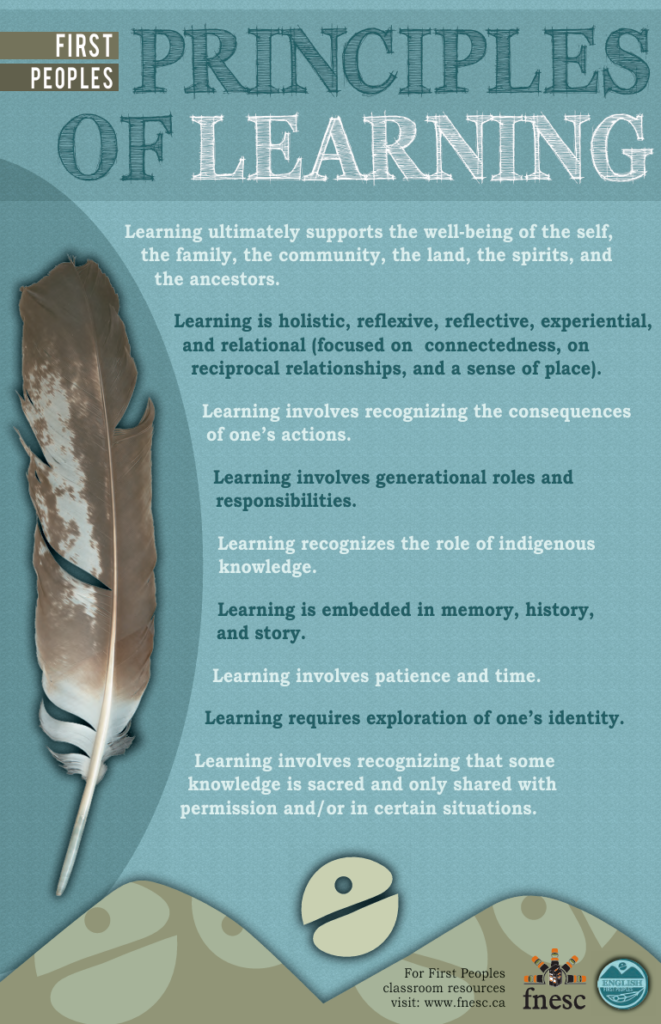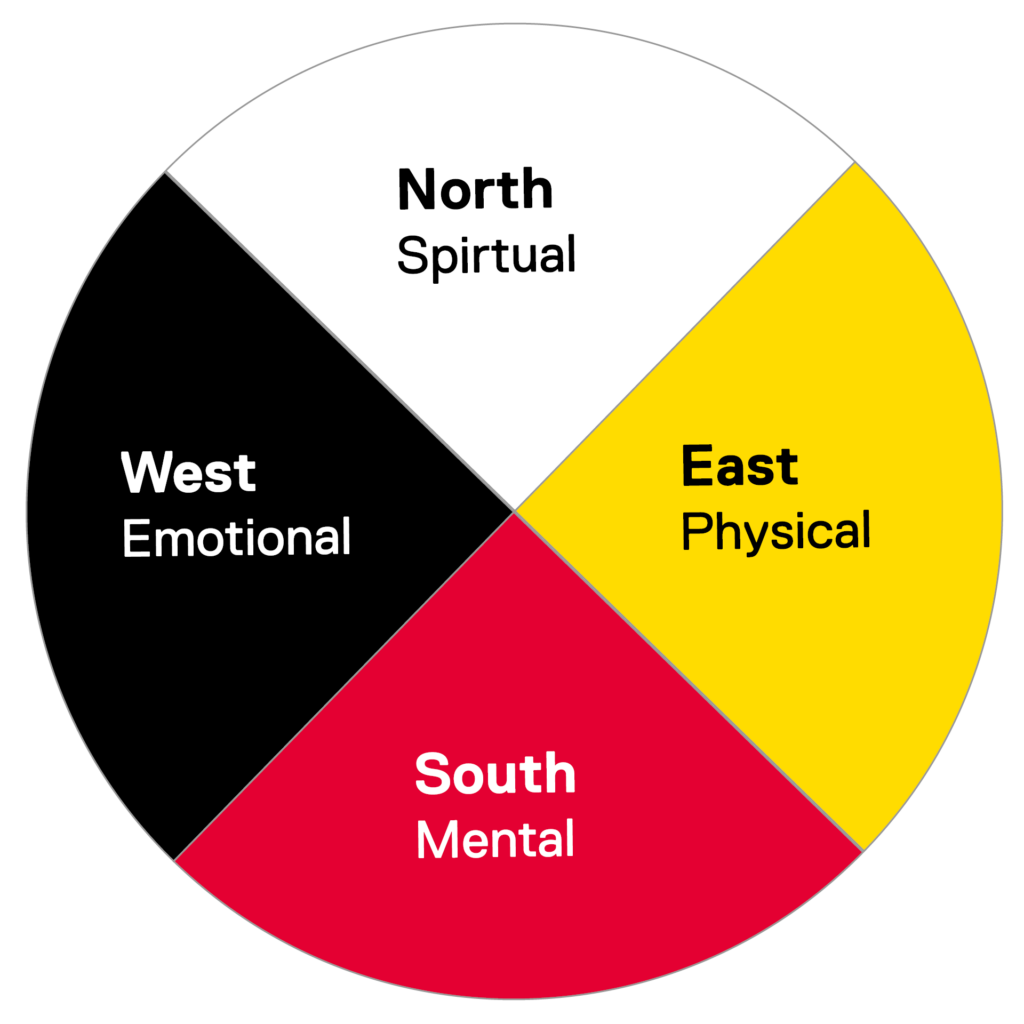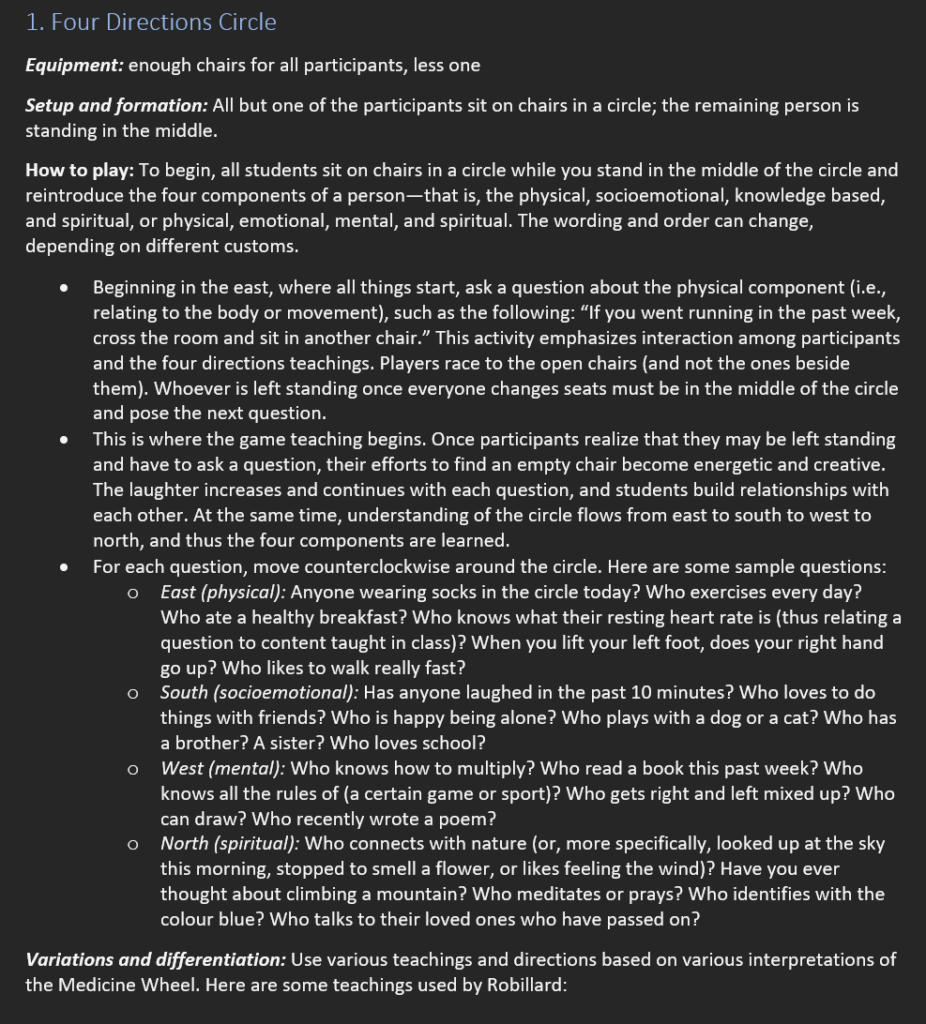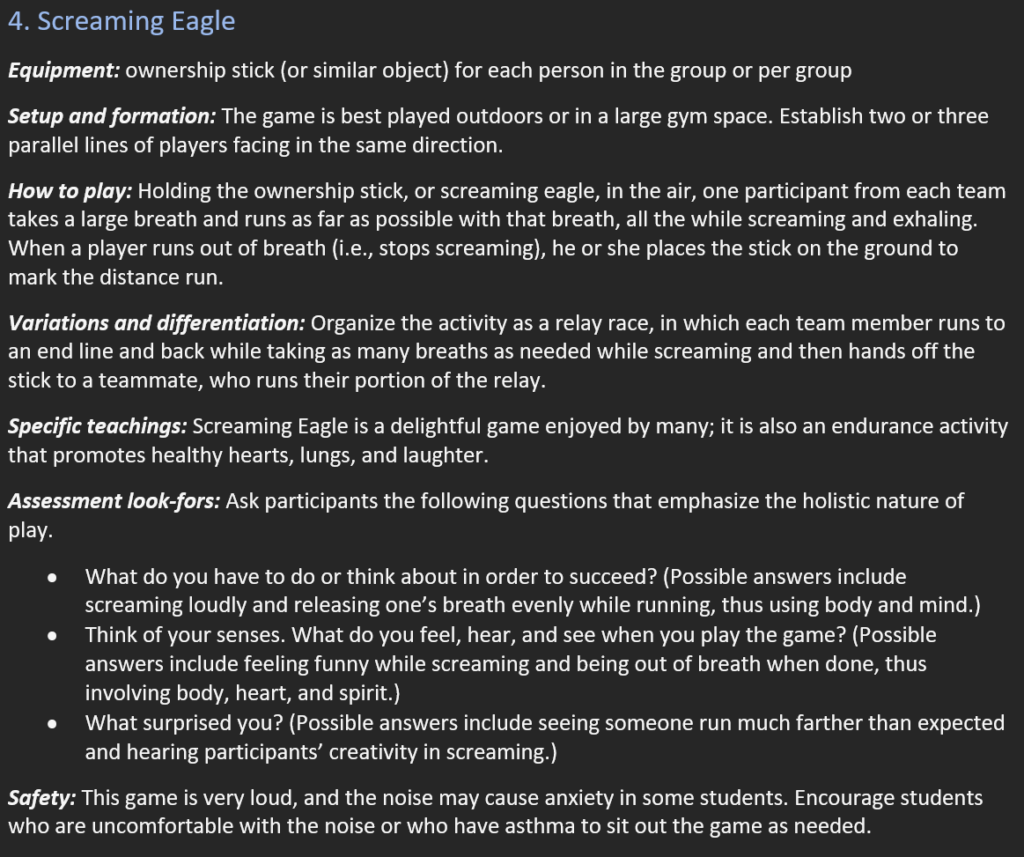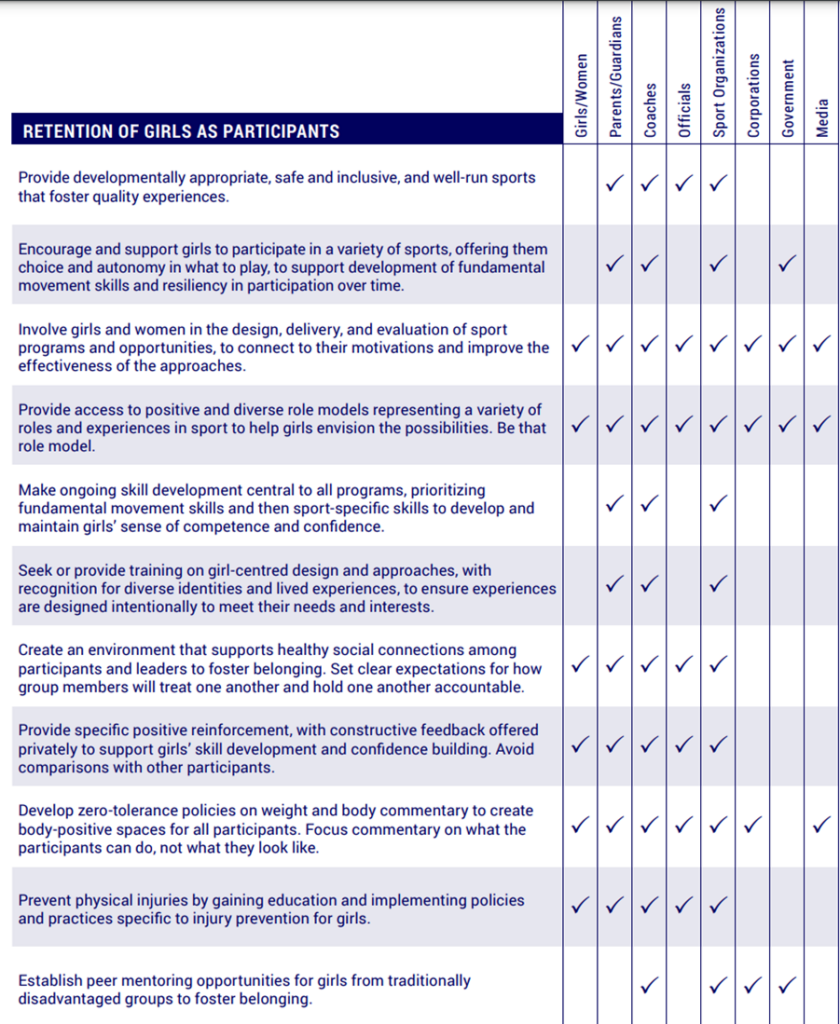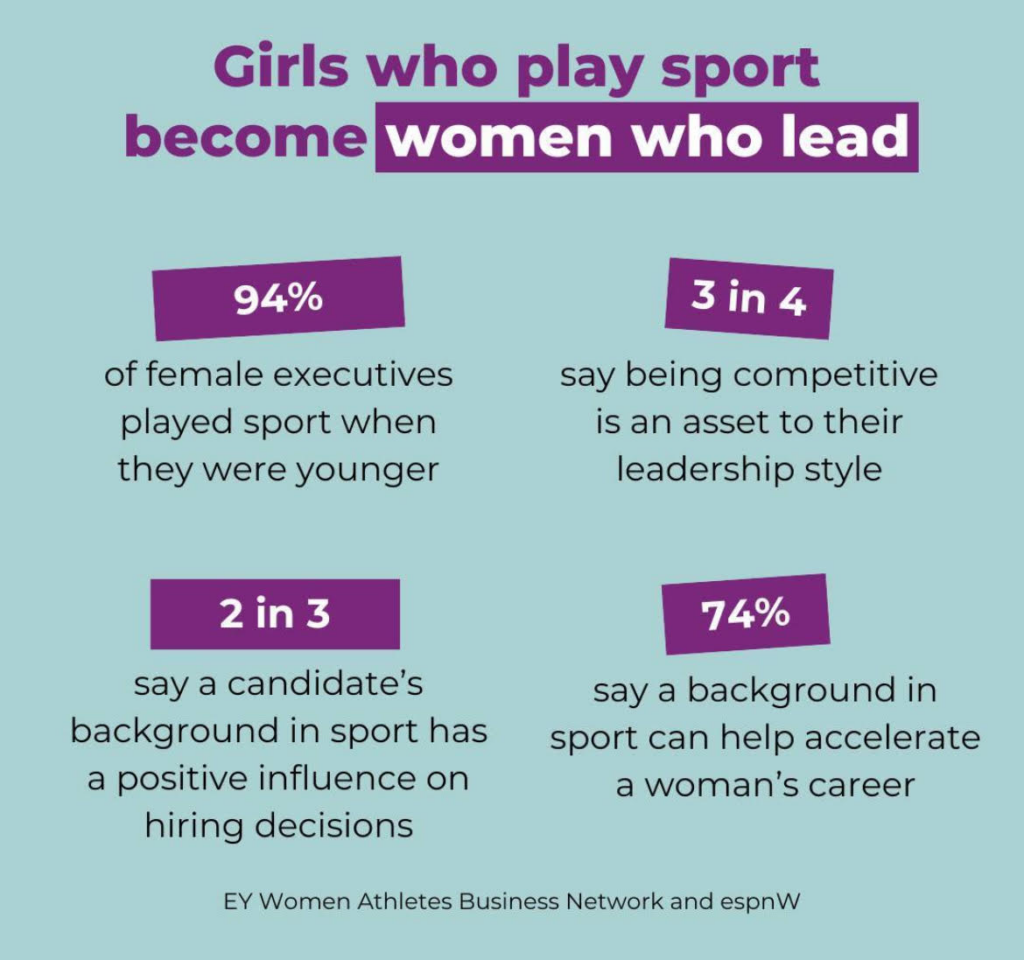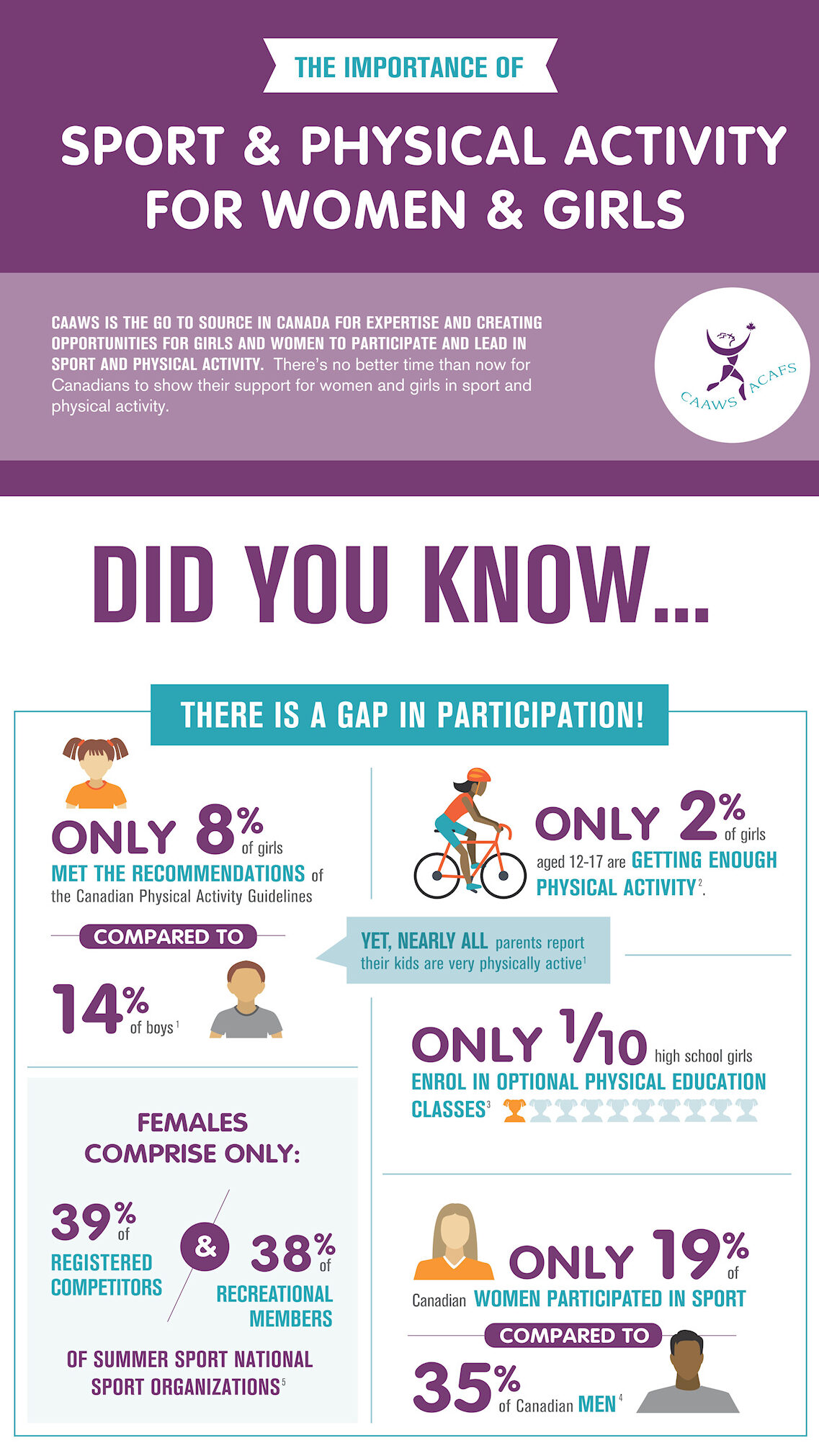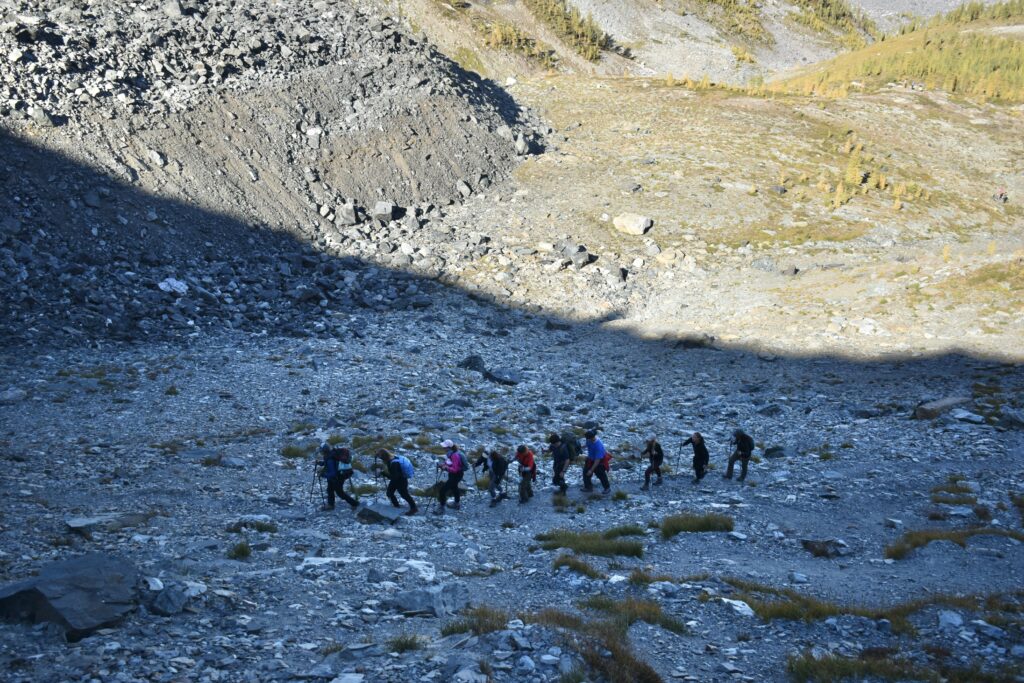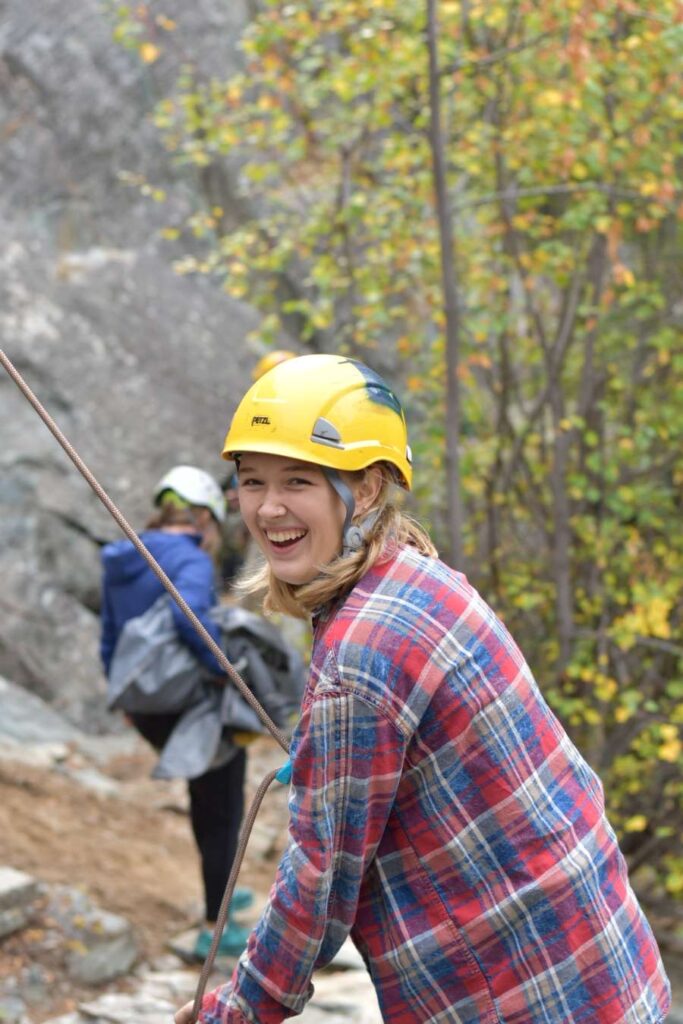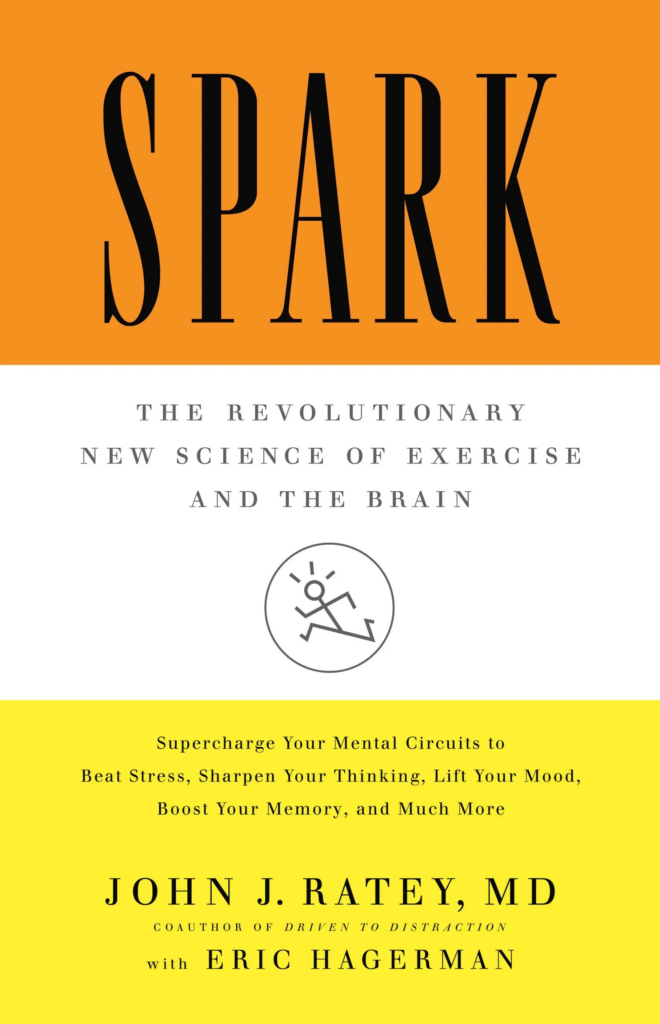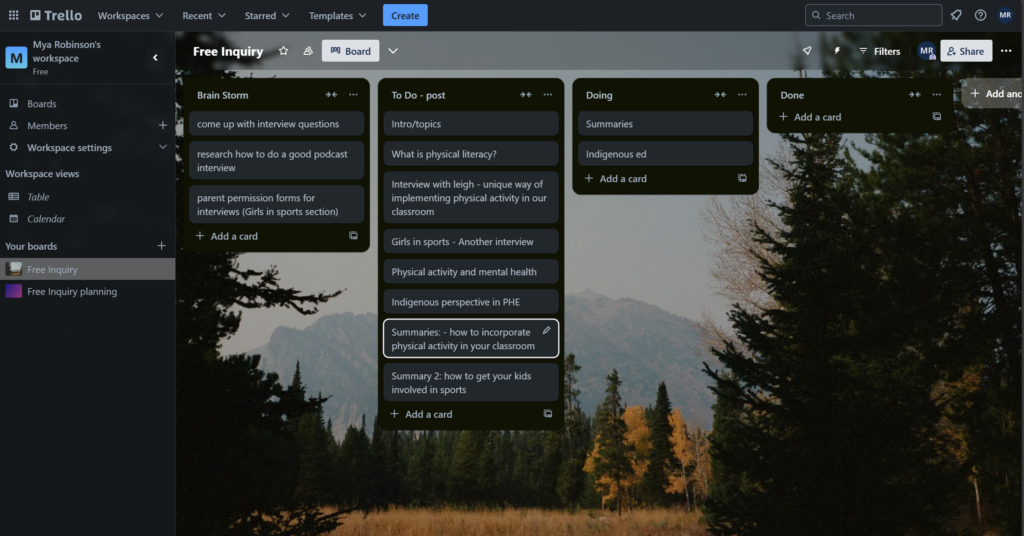Howdy mathematicians! Hope you’ve learned lots and got your heart rate up. This is PE is the New Math checking in one last time. Over the course of this blog, we’ve learned:
- What is physical literacy, and why do we care? – this section looks at the importance of physical literacy skills and the development of these skills at a young age as well as how they can benefit the kids in your life
- We interviewed a local teacher and learned about her unique way of incorporating physical activity into her classroom every day! Check out this blog post to donate to this fun and innovative program.
- We looked at the experience of girls in sports through examining statistics from The Rally Report and interviewing girls in kindergarten, grade 5, and high school.
- On top of the importance of physical activity and academic success, we also looked at how exercise helps promote mental wellbeing via manufacturing all the good brain juices.
- We also looked at how an indigenous perspective can be considered in your PE class through use of the medicine wheel, and by implementing some fun indigenous games that are relevant to your local nation.
Now for the big challenge. What do we do now? Well hopefully, if you’ve followed along this far, you understand how important it is to get kids up and moving whether you’re a parent, teacher, coach, administrator, or just anyone with a passion for sports. This brings me to my two summary questions:
- How do you incorporate physical activity in to your classroom?
- How do you get your kids involved in sports at a young age?
This post acknowledges the barriers around this that are highlighted throughout this blog, and gives some suggestions on how to overcome these barriers.
Physical activity and the classroom:
With so much demand coming from parents, principles, the curriculum and your students, it may seem impossible to incorporate anymore movement in your classroom. Of course, if you’ve been following, it is more crucial now than ever that we get kids up and moving. Here are a few strategies I’d suggest:
- Implement Brain breaks into your schedule throughout the day. Brain breaks are 5 to 10min long themed videos that get kids moving. themes vary from Roblox, to Inside Out, to Mario and many more. There are countless videos available for free on You Tube and it even gives you, the teacher, some time to transition into your next lesson. These short clips would be the perfect way to start your morning or to introduce movement throughout the day. I’ve attached some of my favorites below:
- Make your PE class fun, engaging, and as accessible as possible. Every child needs to move. If your PE lesson doesn’t fit the abilities of everyone in your class you must ADAPT.
- Get outside. While the classrooms are very useful for keeping kids organized and providing a warm dry space to learn, us humans were not engineered to be inside nearly as much as we are. There are significant deficiency’s that we suffer the more we are stuck inside and sometimes the best classroom management skill is getting out of the classroom.
- If a lesson doesn’t have to be done with the kids seated in one place, then don’t! Just by simply weaving bits of movement into your daily lessons will make a difference.
Kids sports at home:
Of course, we all face different challenges whether its with finances, schedules, or other life demands, but even at home it is our job as parents to ensure our kids are getting the physical activity they need. Here are just a few ways that you can get your kid involved in sports:
First, is the issue of finances. Money is always a factor and unfortunately kids are expensive. Luckily, there are a variety of non-profit programs that you can both donate to and apply for grants from that will fund your child in sports! here is a little more on one of my favorites:
So now that we’ve figured out the finical side of things, what sports do we even put our kids into? In post 2 – what is physical literacy – we learned that the more a kid does, the better their physical literacy. So, sign them up for it all! Having kids involved in as many sports as possible at a young age drastically increases their chances of remaining active throughout their life. Here are just a few local clubs that provide sports and activities for kids aged 3 – 18:
- Rugby – The Rocky Mountain Rogues provide Rookies Rugby for kids aged 4 – 14. this NON-CONTACT rugby program is inclusive and safe, and gets kids involved in the sport by teaching them the basics so they can have fun and create life long friends and memories.
- Soccer – The East Kootenay Soccer Association (KEYSA) provides both an indoor fall league and an outdoor spring league. Their mission is “To promote, develop, and facilitate the game of soccer for all players regardless of gender, age and ability.” Their house league is a non-competitive league designed for kids aged 3 – 16 and their rep league is a competitive program for kids aged 9 – 18. Kids Sports Eligible.
- Baseball – Cranbrook Minor League Baseball offers softball and baseball leagues in the spring. Their mission: To promote the game of Baseball / Softball in a fair and equal manner to all involved by encouraging all players to develop and enhance the Baseball / Softball skills through FAIR PLAY, SPORTSMANSHIP, TEAM PLAY, CITIZENSHIP, RESPONSIBILITY & COMMITMENT, and QUALITY COACHING. The nice thing about working with Cranbrook Minor League Baseball and KEYSA is they both use the program RAMP for their registration, so if you make an account with one, you’re all set to register for the other! Kids Sports Eligible.
- Climbing – Arq Mountain Center provides a variety of afterschool programing starting with dynostars – a preschool based program for kids 3-5 – going all the way up to Summit – a non-competitive program for kids in grade 7 and up. They also offer Arq Angles, a girls only program for grade 7 and up. There are also a variety of Semi-competitive and competitive programs offered. Kids Sports Eligible.
- Swimming – Cranbrook Tritons Swim club, has been running since the 70s and gives kids the chance to participate in a variety of non-competitive or competitive swimming programs. There are no age requirements, but it is recommended that your child completes Red Cross Level 4 before registering.
These are just a few of the sport options available in Cranbrook BC. Do your research! Get your kid involved in as many sports as possible. There’s a sport out there for everyone. Well that’s all for now, this is PE is the New Math signing out!
